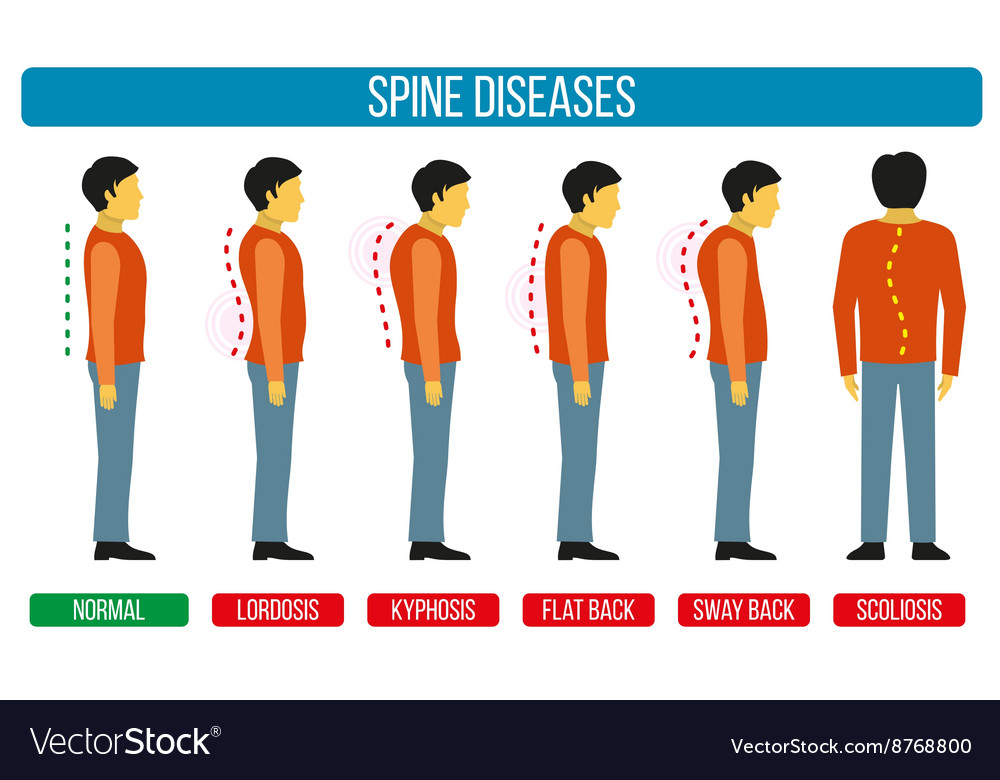Why Does Soft Tissue Treatment Pain? Understanding The Refine
Why Does Soft Tissue Treatment Pain? Understanding The Refine
Blog Article
Article Created By-Holman Rytter
When you go through soft Tissue therapy, you may locate it surprisingly uncomfortable. This discomfort arises as pressure is related to stressful muscle mass and damaged tissues, triggering your pain receptors. While https://www.google.com/maps/place/Return+to+Play+Institute,+LLC+(Miami)/@25.726017,-80.26406,17z/data=!3m1!4b1!4m6!3m5!1s0x88d9b7b4207e8303:0xb1493a6e0d5a272b!8m2!3d25.726017!4d-80.26406!16s%2Fg%2F11lf8185yp?hl=en&entry=ttu&g_ep=EgoyMDI0MTAwOS4wIKXMDSoASAFQAw%3D%3D can feel traumatic in the minute, there's a reason behind this sensation. Recognizing what takes place in your body throughout these treatments can aid you appreciate the process. So, just what is going on beneath the surface?
The Physiology of Discomfort Throughout Soft Tissue Therapy
When you go through soft Tissue therapy, your body's feedback to discomfort is a complicated interaction of physiological procedures. As the specialist applies stress, your body turns on pain receptors, sending out signals to your brain. This causes the launch of neurotransmitters, such as substance P and glutamate, which magnify the sensation of pain.
Your muscle mass might likewise tighten in reaction, further complicating the experience. On top of that, your body might launch endorphins, all-natural medicines that can help alleviate some discomfort.
The interaction in between these processes can produce a special experience for each individual. Understanding this physical reaction assists you navigate the experiences throughout therapy, permitting you to appreciate the equilibrium in between pain and the capacity for recovery benefits.
The Role of Pain in the Healing Refine
Although pain throughout soft Tissue therapy can really feel frustrating, it plays a crucial function in the recovery procedure. When you experience pain, your body is signifying that it's working to fix broken cells. This feedback assists raise blood circulation to the affected area, supplying essential nutrients and oxygen needed for recovery.
Furthermore, pain can advertise the release of endorphins, your body's natural pain relievers, creating a feeling of relief post-treatment. Embracing this discomfort can aid you comprehend your body's limits and encourage you to address underlying problems.
While it's awkward currently, this process is important for lasting recovery and boosted feature. Recognizing does lymphatic massage make you poop as a vital part of healing can empower you to remain dedicated to your therapy.
Tips for Taking Care Of Pain During and After Therapy
Taking care of discomfort during and after soft Tissue treatment can considerably enhance your general experience and recuperation.
To start, communicate freely with your specialist about your pain levels; they can readjust methods accordingly. Utilizing deep breathing techniques can likewise aid you relax and ease discomfort.
Take into consideration applying ice to the cured area post-session to decrease swelling and numb pain. Staying hydrated aids in the healing process, so drink a lot of water.
Mild extending and light motion after treatment can promote blood circulation and convenience rigidity. Finally, guarantee you get appropriate remainder to enable your body to recover.
Implementing these suggestions can make your soft Tissue treatment more workable and pleasurable.
Final thought
To conclude, while soft Tissue therapy can be unpleasant, it's critical to recognize that this discomfort plays an essential duty in your healing journey. By comprehending the physical reactions at play, you can come close to the treatment with a much more favorable attitude. Remember, the first discomfort typically paves the way to relief as your body launches endorphins. Accept the procedure, and don't wait to make use of the ideas for managing discomfort to improve your experience and recuperation.
